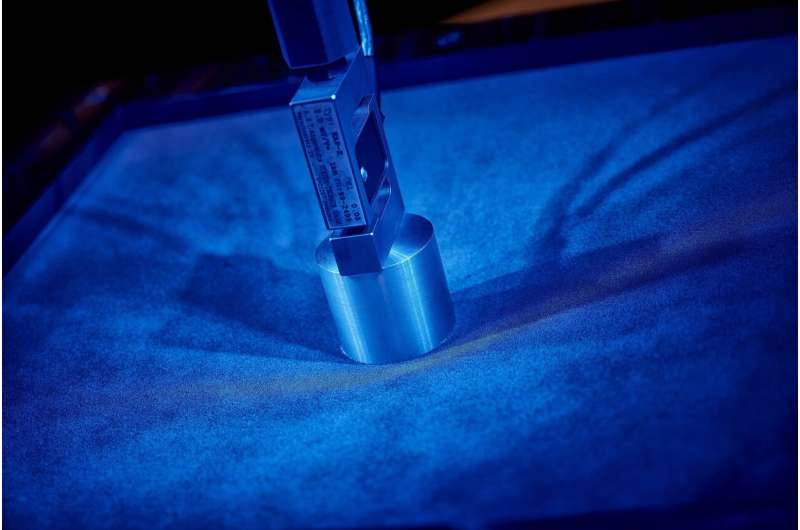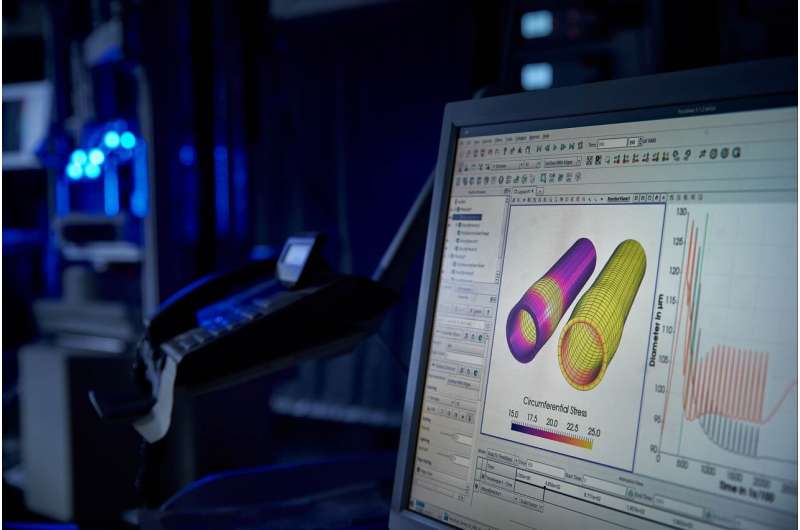Should vasoconstriction be treated or not?

If deposits have formed in arteries that threaten to block the blood vessel or become loose and might block smaller vessels, doctors are faced with the question of whether and how they should intervene. Methods like balloon dilatation are not without risk. Mechanical engineers Professor Daniel Balzani and Professor Klaus Hackl at the Department of Civil and Environmental Engineering at Ruhr-Universität Bochum (RUB) are researching into modeling the properties of blood vessels so precisely that it is possible to predict that risk. This approach could become a decision aid in everyday clinical practice.
Treatment complications
In balloon dilation, a small balloon is pushed from the patient's groin through a catheter to the calcified area of the artery, where it is inflated with pressure. This causes the vessel to dilate, and the blood can flow again. However, if the pressure is too high, the blood vessel is dilated too much and the plaque can tear. Or the damage to the vessel wall can be so severe that complications arise at a later point.
In order to predict and avoid such incidents, researchers make complex calculations. They simulate the behavior of elastic tissue such as blood vessels. In the process, Daniel Balzani and his team focus on calculating the risk of possible damage in advance. However, calculating such a risk is anything but simple.

Growing best possible materials
In addition to the varying orientation of fibers, many other effects must be taken into account in simulations, those including the elasticity of the vessel wall, the residual tension in the artery, the activity of the smooth muscle cells that surround the vessel and actively influence its diameter, and the damage caused by possible overstretching of the vessel. Not to mention the properties of the plaques that are responsible for the narrowing of blood vessels.
The engineers base their calculations on the fact that the structures develop in accordance with the strain put on them, much like muscles thicken when they are constantly exerted. "This information enables us to, so to speak, grow the optimal material in the simulation," explains Balzani. The engineers develop a separate algorithm for each vascular property. They must, after all, be coupled and everything has to be calculated simultaneously. "We're not quite there yet," admits Daniel Balzani. Still, some combinations have already been implemented. Mainframe computers are required to calculate these interlocking algorithms. "But even those might take several days to calculate two heartbeats," says Balzani. Klaus Hackl and his team are also working on predicting the success of a possible balloon dilatation. But first and foremost, he focuses on the computer simulation of the healing of injured vessels.





















